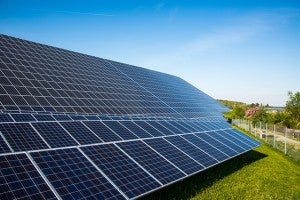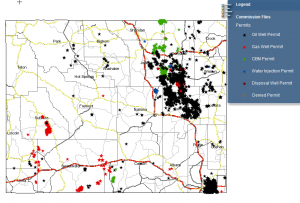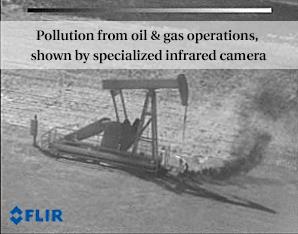 Ask most people what the Beatles and California have in common and they might very well be at a loss. However, the answer is pretty simple: they are both unabashed trendsetters in the face of resistance – the former in their musical style and the latter in its clean energy policies.
Ask most people what the Beatles and California have in common and they might very well be at a loss. However, the answer is pretty simple: they are both unabashed trendsetters in the face of resistance – the former in their musical style and the latter in its clean energy policies.
Not content with setting a Renewable Portfolio Standard that ends at 2020, Governor Jerry Brown and state legislators are pushing for the Golden State to get 50 percent of its energy from renewable resources by 2030.
To meet this ambitious target, California must build a system that is largely based on renewable electricity, like wind and solar. This is not an easy task. The primary reason? Sunshine and wind are only available at certain times of the day and can be variable during those times.
Traditionally, managers of the electricity grid have relied upon dirty “peaker” power plants – usually fossil fuel-fired and only needed a couple of days a year – to balance the grid during periods of variability or when electricity demand exceeds supply. But, in a world where 50 percent of our energy comes from renewable sources as a means to achieving a clean energy economy, we can’t rely on these dirty peaker plants to balance the variability of wind and solar.
Luckily, technology is available today that can help fill the gap of these peaker plants – and the California Public Utilities Commission (CPUC) is starting to embrace it. Read More














